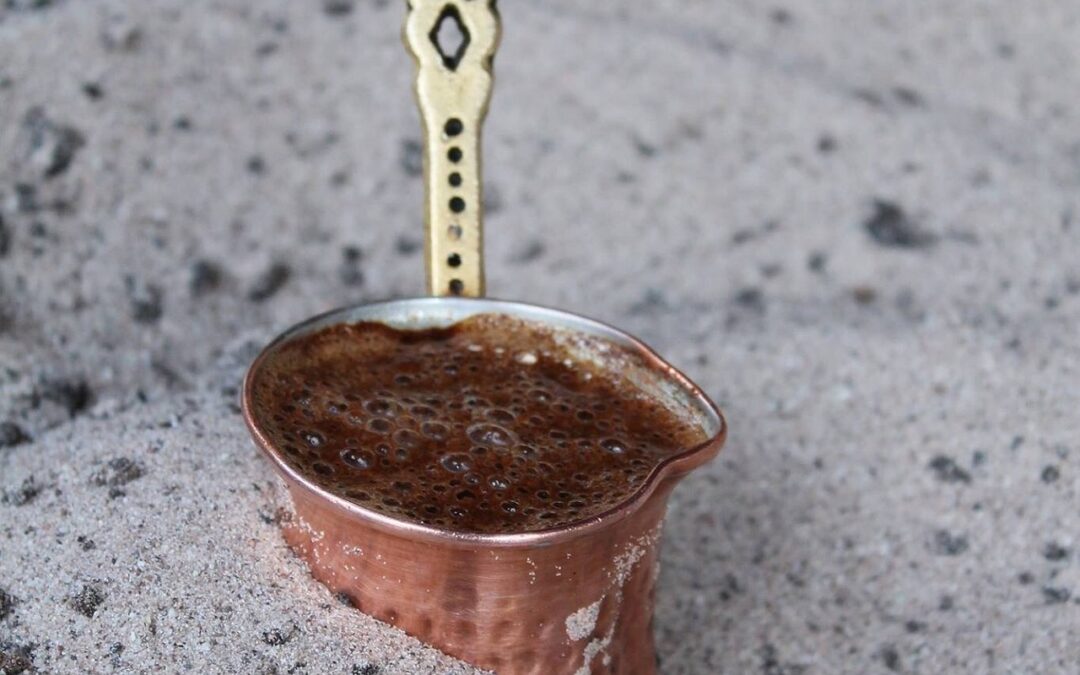
COFFEE IN THE SAND
Sand coffee or, more precisely Turkish sand coffee is the typical Turkish coffee brewed in hot sand.
First of all, thank you Lu: inexhaustible source of tips, and in case you have not yet visited her blog The Caustic Misanthrope be aware that you are missing out on very interesting reading.
Bir fincan kahve i.e. the cup of coffee is brewed in the cezve.
The cezve is a kind of kettle pot with a classic pot-bellied shape on the bottom, long-handled with a spout designed specifically for making Turkish coffee.
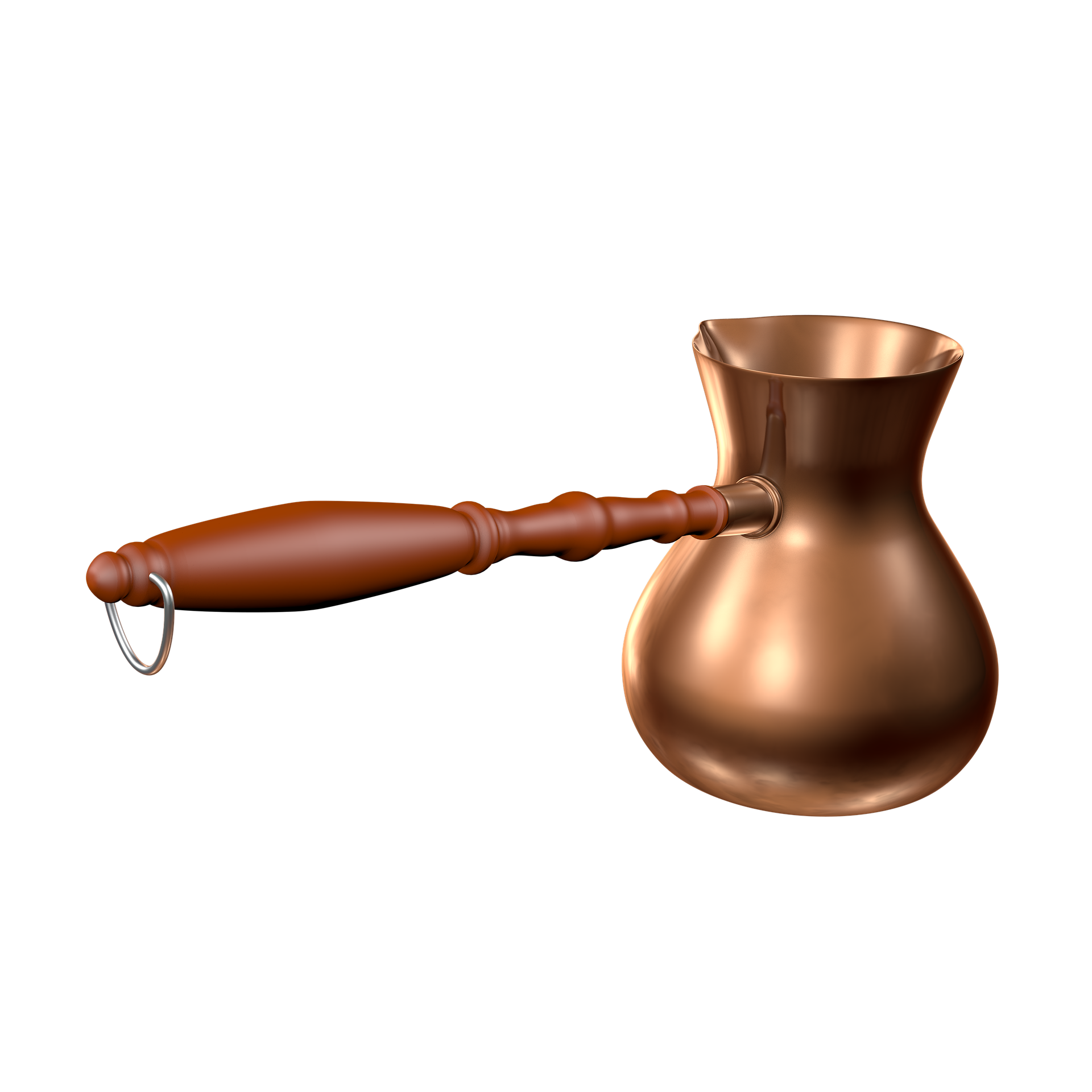
Turkish coffee is prepared differently than ours: ground coffee and water are mixed directly in the cezve and the coffee powder is not filtered.
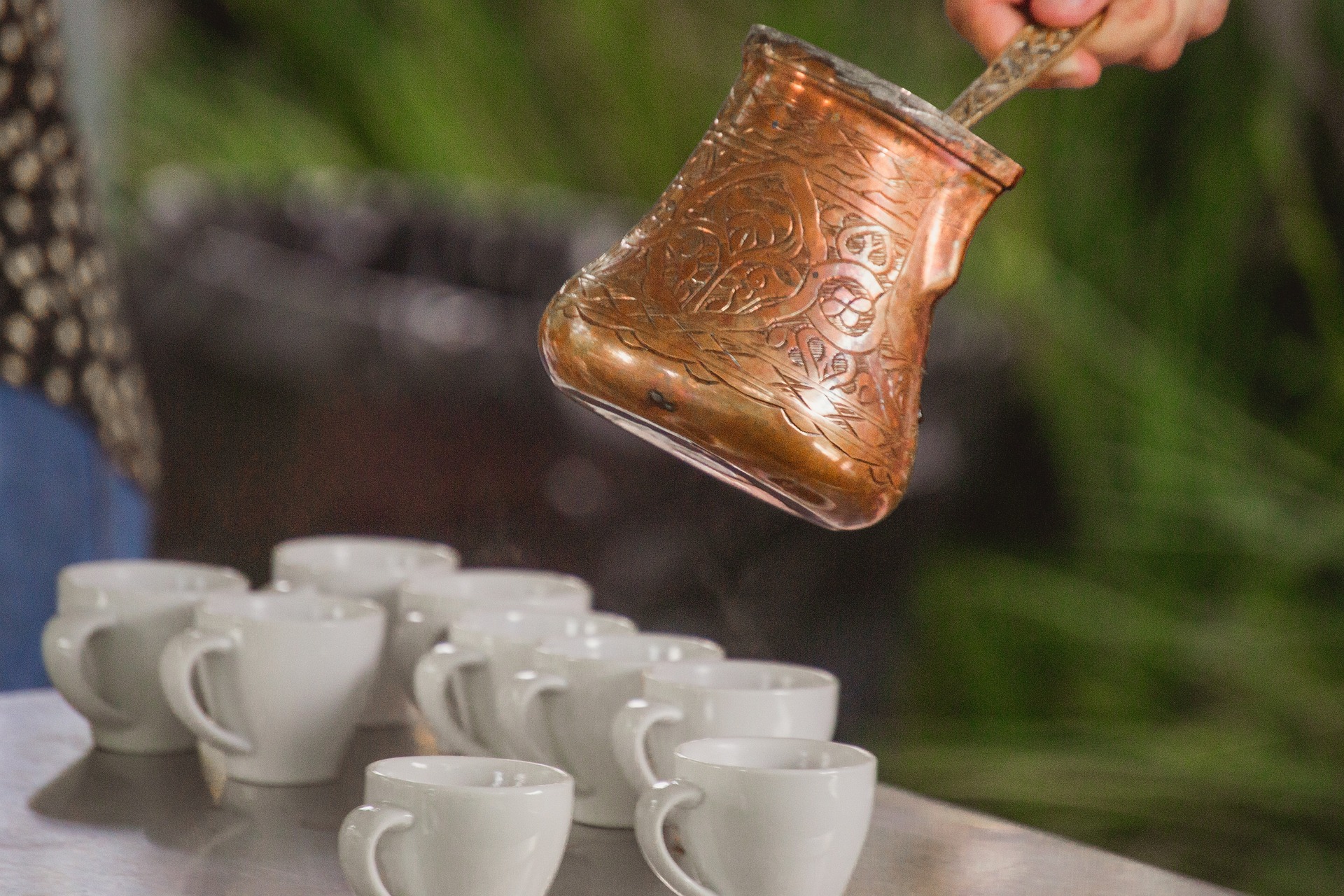
This is why it is sometimes sweetened or spiced first: when the coffee is ready, the coffee powder settles quickly to the bottom but you don’t have to stir it.
But speaking of grains, let’s come to the sand!
What does sand have to do with this?
Apparently, coffee was introduced to Istanubul by Syrian traders in the 16th century, however it was initially considered a drug, so it was forbidden.
However, coffee gained popularity and the ban was lifted.
Sultans and nobles began to have it brewed by their workers using the hot sand method.
Because in the hot sand the heat is enveloping and complete compared to the flames of a fire, it makes for a coffee with a creamy consistency.
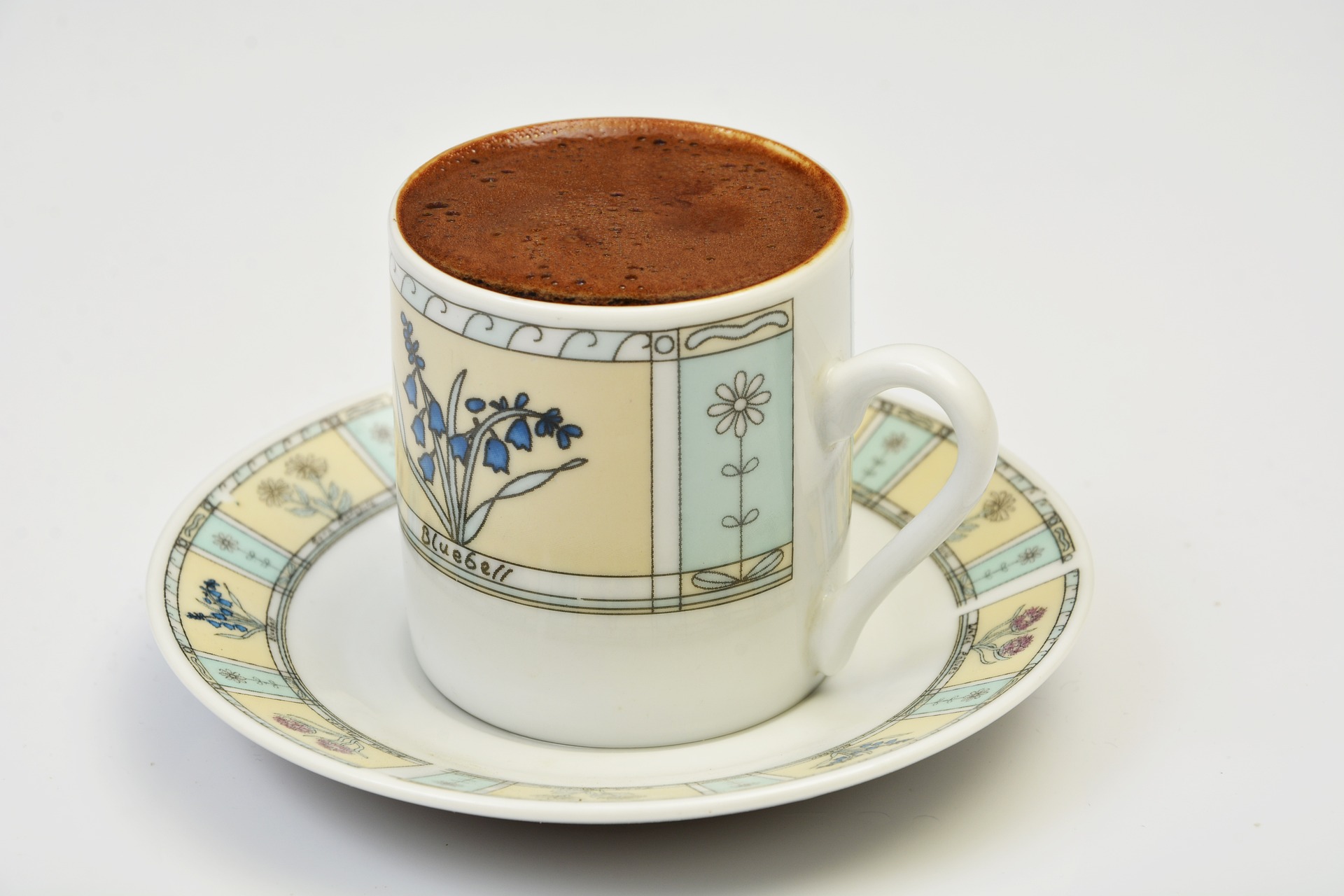
In the following video you can see the process.
What do you think about?
Not to rub it in, but unlike our coffee, Turkish coffee has been added to UNESCO‘s list of intangible cultural heritage of humanity.
Perhaps we could try reading coffee grounds to seek more luck for the future.

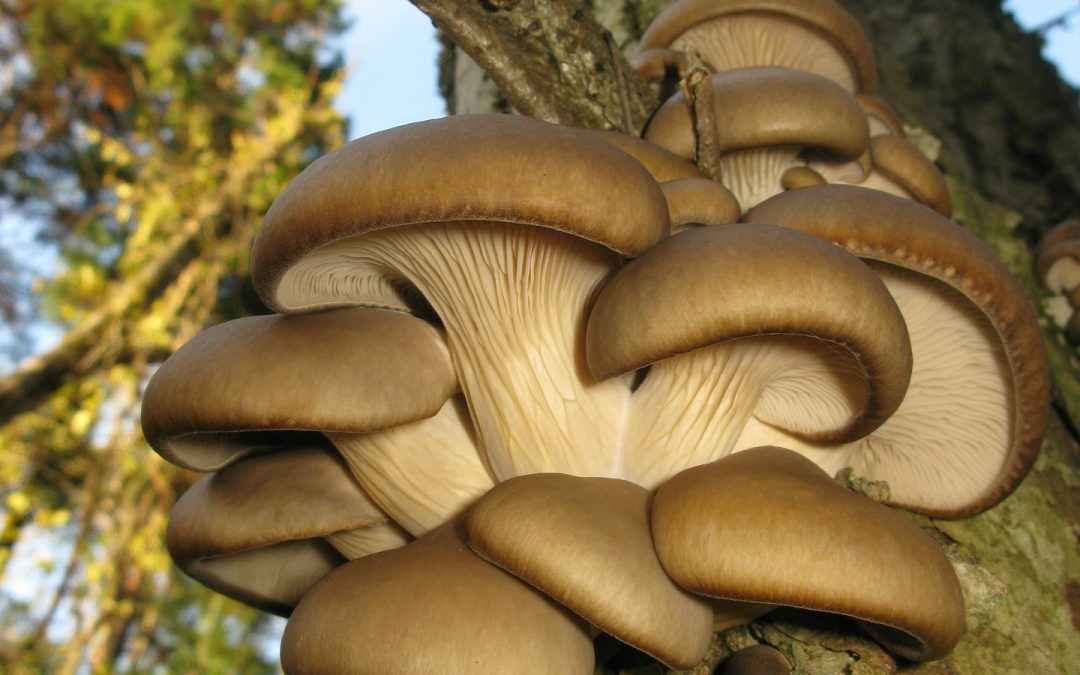
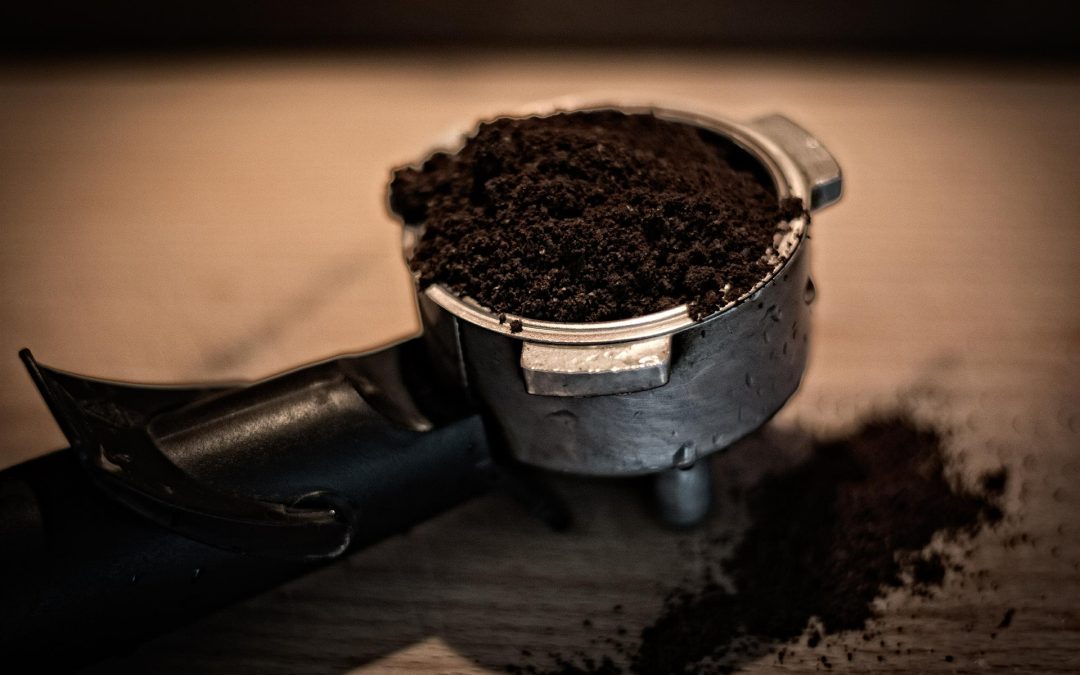

 Hi I'm Claudia and this is KCDC.
Hi I'm Claudia and this is KCDC.





LATEST COMMENTS